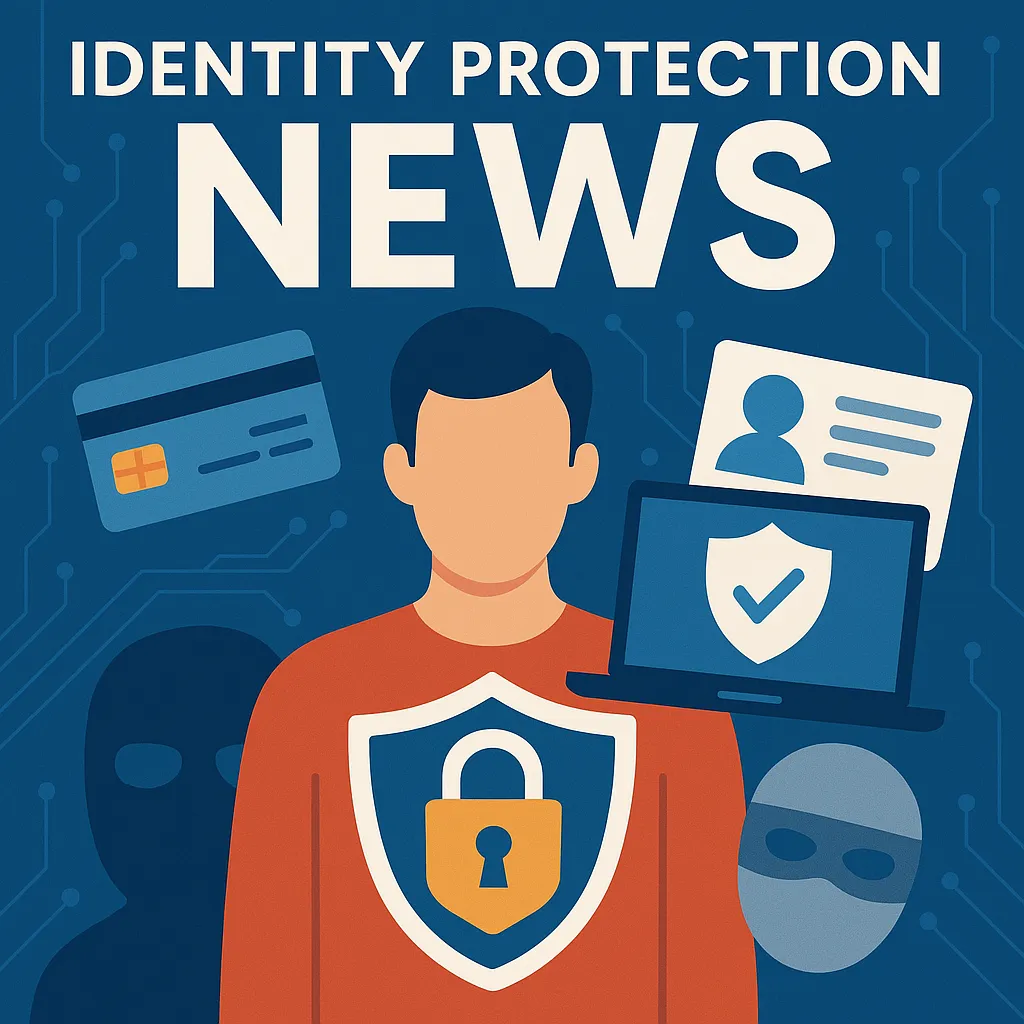Identity theft continues to be a major threat in our increasingly digital world. From student aid scams to sophisticated synthetic identity fraud, the methods used by cybercriminals are evolving. This post delves into various forms of identity theft, drawing insights from recent publications, and provides practical advice on how to protect oneself.
Avoiding Student Aid Scams
According to Federal Student Aid, students should be wary of companies offering debt relief for a fee. The key warning here is that genuine help with student loans, such as consolidation or applying for forgiveness programs, is available for free through official channels. Regular vigilance and verified assistance are your first defense against fraud.
Recognizing Signs of Identity Theft
As highlighted by CBS News, unrecognized transactions or changes in your credit report can signal identity theft. Immediate actions include filing a police report and contacting credit bureaus to mitigate further damage. Effective early detection can greatly limit the harm caused by identity theft.
Medical Identity Theft
The abuse of personal medical information to fraudulently bill healthcare providers is another rising concern. The Senior Medicare Patrol informs readers about the dangers of medical identity theft, emphasizing the importance of monitoring medical statements just as one would bank statements.
Understanding Frankenstein Fraud
Synthetic identity fraud, also known as Frankenstein Fraud, is particularly nefarious and difficult to detect. According to a report by Apple News, criminals combine real and fabricated information to create new identities, often undetected for long periods. Awareness and understanding of this type of fraud are critical as it can have a long-term impact on victims’ credit and personal records.
Conclusion and Recommendations
In combating the various forms of identity theft, being informed is your foremost tool. Regularly monitoring financial statements, understanding the signs of identity theft, and utilizing resources from reputable sites are key preventative measures. Remember, it’s better to prevent than to repair. Always stay proactive about your digital security.
